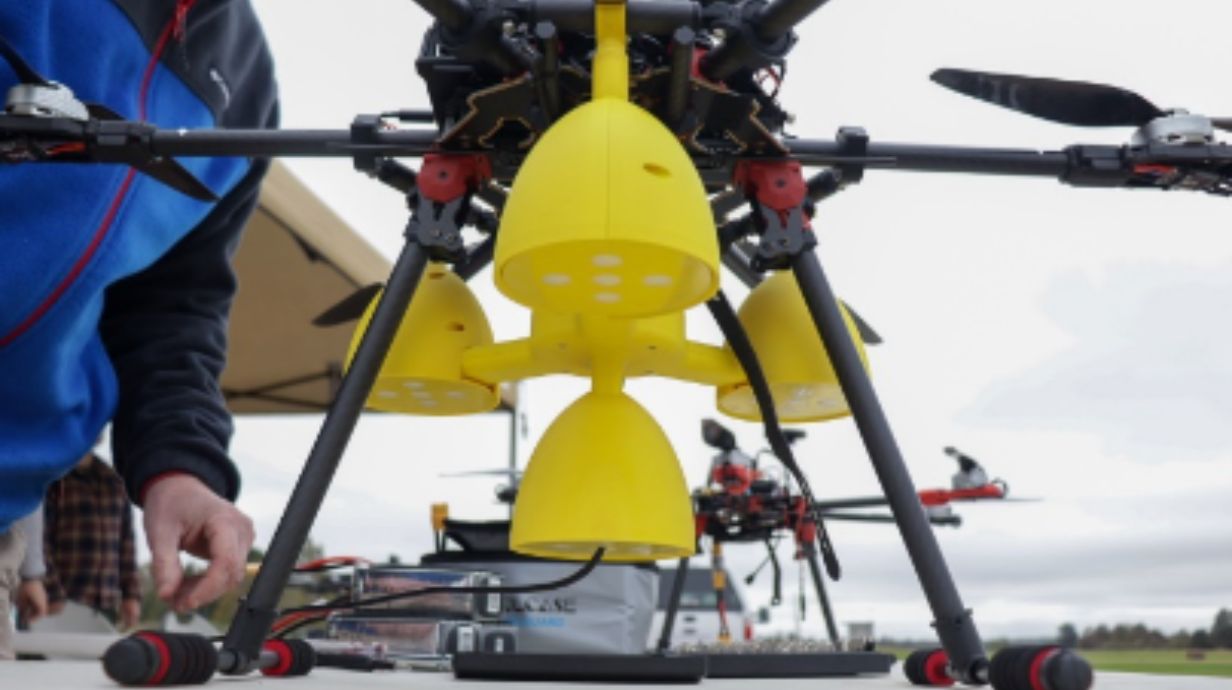Sensors and Measurement Systems
Our work with sensors and measurement systems extends beyond research, concentrating on the practical application of acoustical principles to real-world systems and challenges.

Our work in sensors and measurement systems brings together acoustics with various knowledge areas and disciplines.
These knowledge areas and disciplines include artificial intelligence, data analysis, quantum mechanics, machine learning, and robotics. Researchers use an interdisciplinary approach to create tangible demonstrators that validate concepts and serve as prototypes for future development.
Past efforts include technology for the acoustical detection of termites and fire ants, minimizing wind noise on microphones, and creating systems that operate effectively in noisy environments, such as battlefields—all with a focus on advanced signal processing and reducing power consumption in deployed systems.
Our applied acoustics team collaborates closely with government agencies, responding to their needs rather than initiating independent projects. While NCPA does not ultimately manufacture products, our partners and collaborators can use NCPA demonstrators to create solutions and manufacture technology or products.
Our Work
-

Speeding-Up Buried Object Detection with Multi-beam Laser Sensor
Researchers, led by NCPA's Vyacheslav Aranchuk, have developed a 2D-array laser multibeam sensor for laser-acoustic detection of buried objects, such as landmines, offering faster and more efficient results. The sensor, called LAMBDIS, captures vibration images of the ground by measuring vibration differences across a large area simultaneously, using a 34 x 23 array of laser beams. This technique improves upon traditional laser Doppler vibrometers, which are slower and require a stationary platform. The new sensor is less sensitive to motion and enables quicker detection of underground hazards. Further testing is being conducted to assess its effectiveness in various soil conditions.
Learn More -
Advanced Infrasound Calibration for Precise Sensor Testing and Analysis
Our team developed a sophisticated infrasound calibration system featuring a cylindrical tank with a 1.8 cubic meter interior volume. The tank, 40 inches in diameter and length, is equipped with hemispherical end caps and interchangeable 10-inch speaker assemblies or end caps for easy sensor access and switching. A 10-inch subwoofer generates up to 10 Pa of pressure within the chamber, isolated from external sound. Using two subwoofers with different frequency tones, researchers can measure intermodulation distortion and assess sensor linearity. The tank’s leak constant exceeds one week, allowing for accurate sensor response to ambient pressure changes, while its large volume accommodates temperature variations to evaluate sensor performance under different conditions.
Learn More
